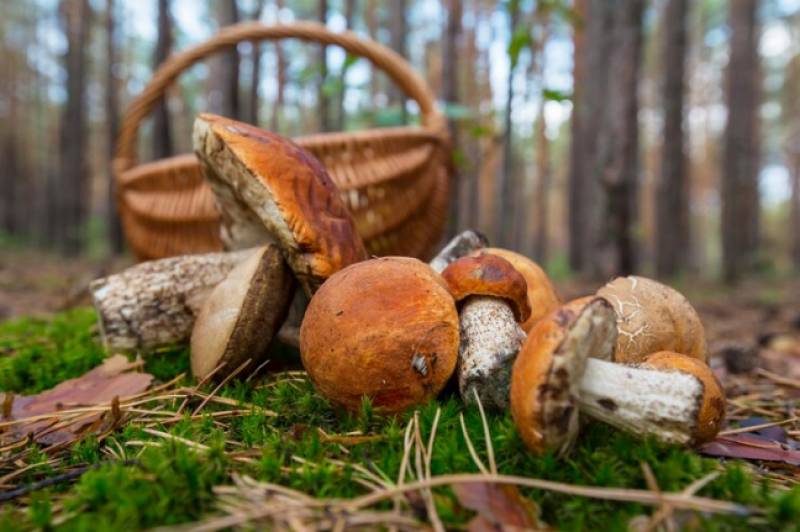- Region
- Águilas
- Alhama de Murcia
- Jumilla
- Lorca
- Los Alcázares
- Mazarrón
- San Javier
-
ALL AREAS & TOWNS
- AREAS
- SOUTH WEST
- MAR MENOR
- MURCIA CITY & CENTRAL
- NORTH & NORTH WEST
- TOWNS
- Abanilla
- Abarán
- Aguilas
- Alamillo
- Alcantarilla
- Aledo
- Alhama de Murcia
- Archena
- Balsicas
- Blanca
- Bolnuevo
- Bullas
- Cañadas del Romero
- Cabo de Palos
- Calasparra
- Camping Bolnuevo
- Campo De Ricote
- Camposol
- Canada De La Lena
- Caravaca de la Cruz
- Cartagena
- Cehegin
- Ceuti
- Cieza
- Condado de Alhama
- Corvera
- Costa Cálida
- Cuevas De Almanzora
- Cuevas de Reyllo
- El Carmoli
- El Mojon
- El Molino (Puerto Lumbreras)
- El Pareton / Cantareros
- El Raso
- El Valle Golf Resort
- Fortuna
- Fuente Alamo
- Hacienda del Alamo Golf Resort
- Hacienda Riquelme Golf Resort
- Isla Plana
- Islas Menores & Mar de Cristal
- Jumilla
- La Azohia
- La Charca
- La Manga Club
- La Manga del Mar Menor
- La Pinilla
- La Puebla
- La Torre
- La Torre Golf Resort
- La Unión
- Las Palas
- Las Ramblas
- Las Ramblas Golf
- Las Torres de Cotillas
- Leiva
- Librilla
- Lo Pagan
- Lo Santiago
- Lorca
- Lorquí
- Los Alcázares
- Los Balcones
- Los Belones
- Los Canovas
- Los Nietos
- Los Perez (Tallante)
- Los Urrutias
- Los Ventorrillos
- Mar De Cristal
- Mar Menor
- Mar Menor Golf Resort
- Mazarrón
- Mazarrón Country Club
- Molina de Segura
- Moratalla
- Mula
- Murcia City
- Murcia Property
- Pareton
- Peraleja Golf Resort
- Perin
- Pilar de la Horadada
- Pinar de Campoverde
- Pinoso
- Playa Honda
- Playa Honda / Playa Paraíso
- Pliego
- Portmán
- Pozo Estrecho
- Puerto de Mazarrón
- Puerto Lumbreras
- Puntas De Calnegre
- Region of Murcia
- Ricote
- Roda Golf Resort
- Roldan
- Roldan and Lo Ferro
- San Javier
- San Pedro del Pinatar
- Santiago de la Ribera
- Sierra Espuña
- Sucina
- Tallante
- Terrazas de la Torre Golf Resort
- Torre Pacheco
- Totana
- What's On Weekly Bulletin
- Yecla


- EDITIONS:
 Spanish News Today
Spanish News Today
 Alicante Today
Alicante Today
 Andalucia Today
Andalucia Today
article_detail
Foraging for mushrooms in Spain in autumn
Once the weather begins to cool down, this delicious plant begins to sprout up all over Spain

Food prices are growing by the day and between this and an increased focus on the benefits of organic produce, many people have turned to foraging the abundant natural cooking ingredients Spain’s countryside has to offer.
One highly prized staple of Spanish cuisine is the humble mushroom and several varieties like porcini, chanterelle and trumpet grow wild throughout the country, and there’s no better time to go on the hunt than autumn.
Once the weather begins to cool down in September or October and there’s a slight chill in the air, mushrooms can be found in dense and shady wooded areas. These fungi like the humidity, and autumn rains and generally mild weather provide an ideal mix for mushrooms to grow.
Foraging for wild mushrooms is a traditional and cultural pastime that is becoming increasingly popular, especially in northern Spanish municipalities like Galicia, Cantabria and Catalonia where it tends to be a little more damp, but it’s important to remember that in many places, these plants are considered a limited natural resource and it’s necessary to obtain a permit if you want to pick them.
Permits can be purchased from the local town hall and usually cost between 5 and 15 euros, but foraged produce can generally only be sold by residents on the electoral register. Most municipalities will at least have some rules and regulations governing foraging, so always check with your Ayuntamiento before mushroom picking.
Foraging know-how
Here in Spain, there are around 3,000 different varieties on mushrooms, but only 1,000 or so are actually edible and identifying the toxic species is no easy task for novices.
According to the Spanish Society of Laboratory Medicine, around 10% of mushroom poisonings in Spain are fatal and more than 40% lead to serious medical issues.
Before you pick up your basket and head to the woods, here’s a few things to avoid when foraging for mushrooms.
1. Never pick what you can’t identify. To avoid nasty surprises, don’t pick mushrooms unless you’re 100% certain that they’re edible. If you’re new to foraging, it’s a good idea to go along with someone familiar with the different varieties. Failing that, always carry a manual with good photographs.
2. Ignore the myths. There’s lots of misinformation out there that could land you in hot water. Myths abound, such as the idea that all toxic mushrooms are brightly coloured or that animals will avoid poisonous mushrooms. Don’t fall for the lore.
3. Don’t use a serrated knife to cut mushrooms. A very sharp blade or knife should be used to ensure a clear cut at ground level, and the plant should never be pulled out from the roots.
4. Avoid plastic bags. Plastic shouldn’t be used to carry or store wild mushrooms as it prevents transpiration. Wicker baskets are also preferable as they allow mushroom spores fall to the ground as we move around, thus helping the species to reproduce.
5. Take care of the environment. When forging, try to cause as little damage or disturbance to the land and soil as possible, and never use rakes or other heavy-duty tools.
6. Don’t pick plants that are too young or too old. Fully ripe and mature mushrooms are far tastier, while older plants can often be indigestible or infested with parasites.
7. Avoid foraging in bad weather. Heavy rain or frost can damage the flavour and aroma of mushrooms. In addition, lots of surface water can change the appearance of the specimen, making it all the more difficult to correctly identify.
8. Beware of contamination. When choosing your foraging spot, avoid places with a high risk of contamination, such as ditches, fumigated fields, industrial areas or landfills, since fungi absorb harmful substances and heavy metals.
What to do when you get home
- Check each mushroom again, one by one, to make sure you haven’t accidentally picked up anything toxic.
- Clean the mushrooms well, preferably with a damp cloth. If you have to wash them, rinse the mushrooms under the tap rather than submerging them, so they absorb less water.
- Keep some of each mushroom you’ve picked so that, in case of poisoning, an expert can quickly identify it.
Image: Freepik
Loading
Sign up for the Spanish News Today Editors Roundup Weekly Bulletin and get an email with all the week’s news straight to your inbox
Special offer: Subscribe now for 25% off (36.95 euros for 48 Bulletins)
OR
you can sign up to our FREE weekly roundup!
Read some of our recent bulletins:
Discount Special Offer subscription:
36.95€ for 48 Editor’s Weekly News Roundup bulletins!
Please CLICK THE BUTTON to subscribe.
(List price 3 months 12 Bulletins)
Read more stories from around Spain:
Contact Murcia Today: Editorial 000 000 000 /
Office 000 000 000


















